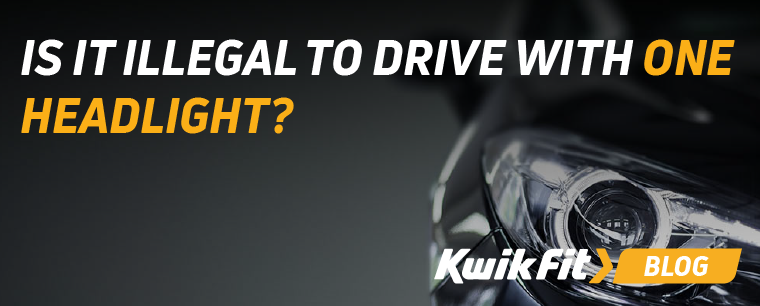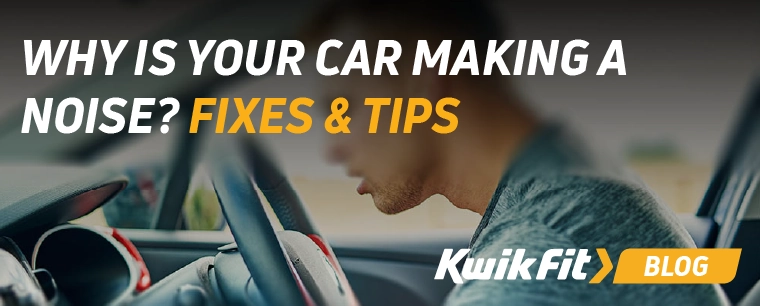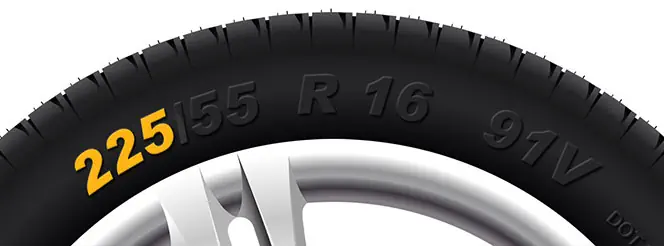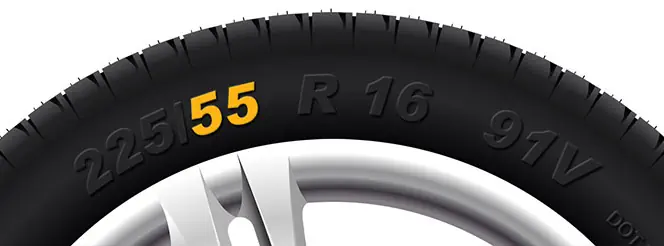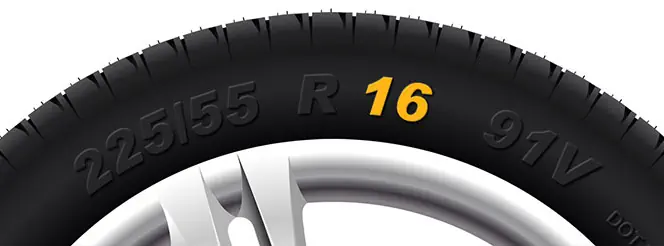The Rules on Disabled (Blue Badge) Parking
Kwik Fit | Monday 2nd October 2023 8:00am
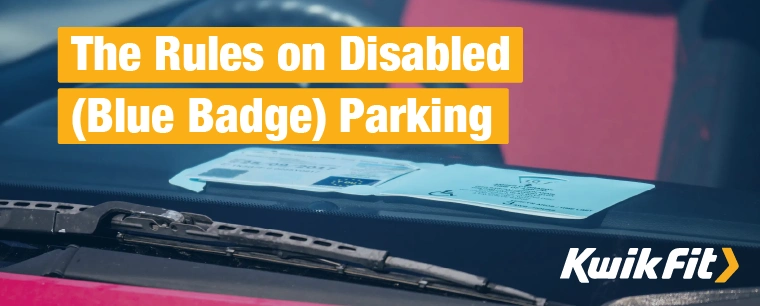
The Blue Badge system allows those with disabilities (or those caring for them) to benefit from certain allowances that make life easier when it comes to on-street parking. Itís a brilliant scheme for helping those with disabilities to navigate more freely than otherwise would be possible.
These perks, for example, are usually things like being able to park closer to the destination (such as directly in front of a supermarket), being able to park for free on streets with metered parking, or being able to park in areas that are otherwise restricted.
However, for the system to work to the actual benefit of disabled folks, the badges need to be used correctly. Here are the rules you have to follow.
You must display your blue badge at all times
The blue badge is actually linked to you rather than your specific car. So you are able to carry it and use the benefits while, for example, in a friendís car or in a taxi. This makes it much easier for disabled folks to get around without necessarily having to rely on a specific carer.
When making use of blue badge schemes, you have to prominently display the blue badge (usually on the carís dashboard or in a windscreen sleeve Ė like those for the old tax discs).
Parking in parking bays marked for Blue Badge users without displaying a badge can get you a fine because these spaces being taken up by non-disabled people makes it harder for those who actually need the spaces.
Whatís more, while the blue badge scheme technically only applies to on-street parking, many private car parks will require a blue badge to be displayed in order to apply their own rules.
You must not let somebody else use your blue badge
Crucially, you must never let somebody else (even friends and family) use your badge in order to let them park for free. You can be fined up to £1000 for doing so. The badge scheme is intended to benefit those who need it.
You must use your parking clock to display arrival times
When receiving your blue badge, youíll also have received a parking clock. This should be used whenever youíre parking in a place where there are restrictions (such as yellow lines, pavements, or areas with restricted times). The parking clock needs to be clearly on the dashboard and display the time you arrived.
On double yellow lines, for example, youíre often allowed to park for up to 3 hours if there isnít a ďno loadingĒ sign on the road. However, this does have to account for other laws on not obstructing the flow of traffic.
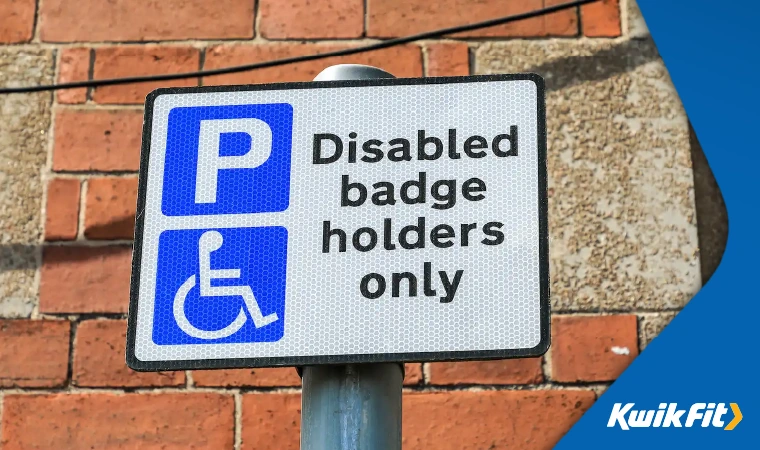
The Blue Badge Scheme doesnít apply everywhere
Itís also essential to keep in mind that the Blue Badge Scheme is only available in England and Wales, with Scotland having a different scheme. Even in England and Wales, not everywhere uses the Blue Badge scheme. Parts of London, for example, have their own schemes to enable greater freedom of movement for disabled people.
You can use this handy checker before travelling to check whether and where youíre able to park with a blue badge.
Donít forget to reapply for your badge
Keep in mind that blue badges usually need renewing every three years! To avoid inconvenience, make sure you check that your blue badge is still valid.
Keep your car healthy with Kwik Fit
The blue badge allows you to park helpfully Ė so be sure that your car doesnít let you down. There are few things as unhelpful as a broken down vehicle! Keep your car in tip top condition with regular servicing & MOTs at your local Kwik Fit centre.
Any facts, figures and prices shown in our blog articles are correct at time of publication.
Featured Articles
Is it Illegal to Drive With One Headlight?
Saturday 19th July 2025
Wondering if itís illegal to drive with one headlight? Learn about the safety risks and penalties of illegal blown bulbs and why you should fix them promptly.
Air Con in EVs & Hybrids: Experts Answer Your Questions
Monday 30th June 2025
Does air con drain EV batteries? Can you use the air con while charging an electric car? Find out the answers to these questions & more from Kwik Fitís experts.
Why Is Your Car Making a Noise? Fixes & Tips
Friday 13th June 2025
When your car starts making unexpected noises, it can certainly be quite disconcerting; it may be nothing to worry about, but hereís what you need to know.


